1As the world grows more digitally connected, people expect to have the technology available to meet their needs. Whilst this idea is taking hold in healthcare, it can be slow going and often limited by the legacy systems in place. The coronavirus pandemic has forced the quick adoption of many new forms of healthcare. Pre-COVID-19, only 0.6% of GP appointments took place online. Post Covid-19, this has jumped to over 90%.
The BMA has provided guidelines for telemedicine consultations, and it’s interesting to note that they mention commercially available programs for video calls being used where approved tools (like accuRx) aren’t available. Having a robust implementation of technological advances throughout the healthcare system could avoid this, and we should expect to see this sort of implementation prioritised once we’re out of the immediate crisis.
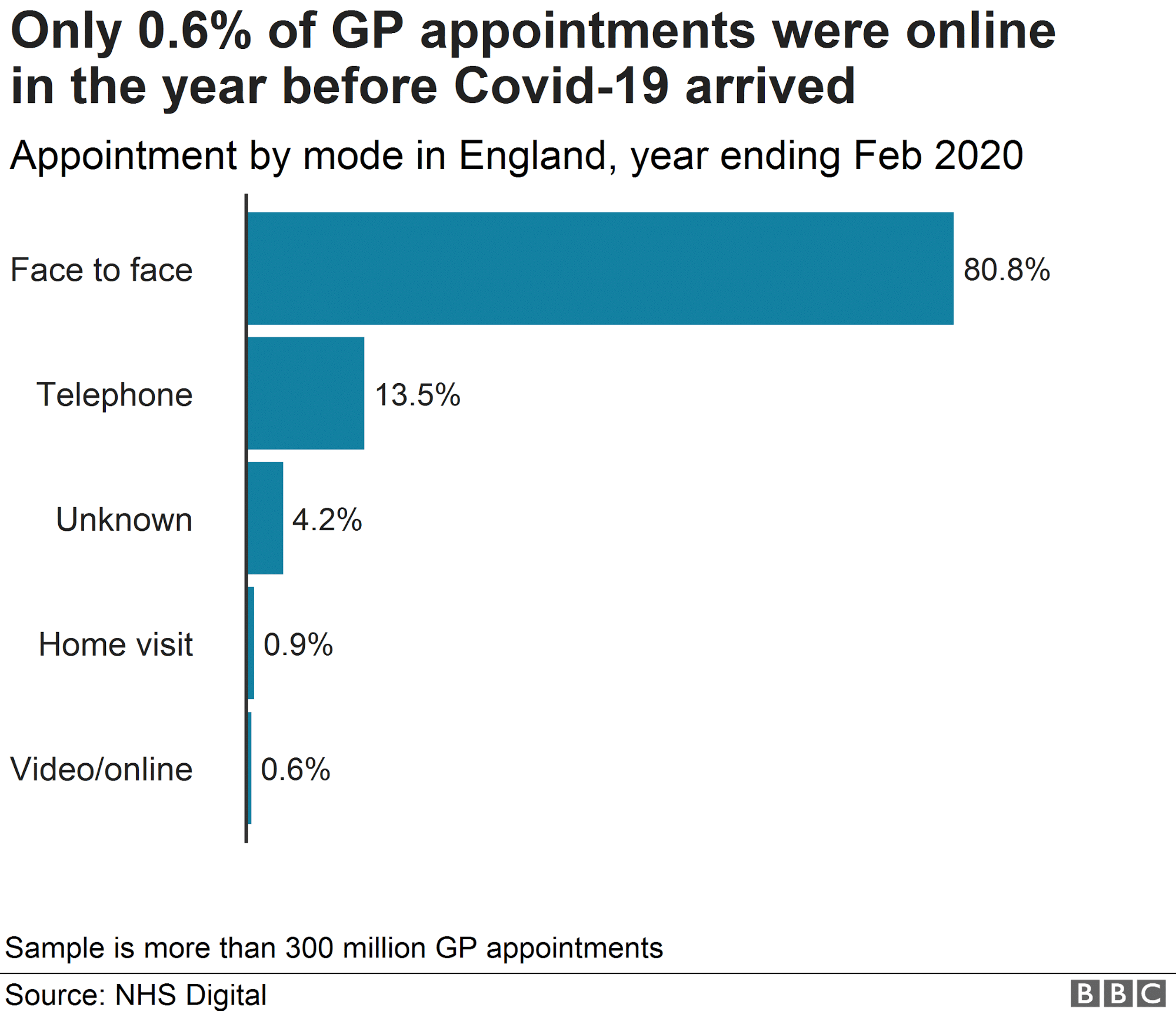
State of Healthcare Today
The UK has the advantage of having the NHS – a single, national healthcare system that’s existed since 1948. It’s somewhat devolved, with each country (England, Northern Island, Scotland, and Wales) having their own system within the greater NHS. In 2017, the Commonwealth Fund ranked it as the best healthcare system in the world, alongside Australia and the Netherlands.
This large scale system means that patients don’t have to contend with multiple service providers, insurance agents, and pharmaceutical companies, as they do in the mixed market world of US healthcare. It also means that care is free at the point of service, with the exception of dentistry, some elective procedures (like cosmetic surgery), and prescriptions in England. While there can still be a disconnect between health services – for instance, mental health provision and physical health provision – it’s generally all found under the NHS banner. Of course, a person still has the option to opt-in to private healthcare.

Healthcare takes place in a few different settings, and it’s important to understand these in order to see how new technologies might be applied.
There’s primary care – this is the forefront of healthcare; the GPs. There are moves at the moment to link these in with wider services, like pharmacies and social workers, but in general, if you have a non-urgent medical issue, a GP is your first point of call.
Then there’s outpatient specialist care – usually based at hospitals, though occasionally in a large general practice. This is where your GP will refer you to if you need further tests or treatment. It includes people like dermatologists, endocrinologists, and other experts in their fields.
Inpatient care is for those who need to stay at least one night, potentially more, in a hospital setting. You may encounter surgeons, specialists, and nurses.
Mental health care can be covered by the above, but often has its own section of care. There are specific inpatient and outpatient wards, as well as community-focused care. This community care has been complicated somewhat by the pandemic, as it’s harder to stay connected.
Long-term care, especially end-of-life care, is covered by the NHS and either involves hospice care or providing medical support at home. Private nursing homes will still have links to the NHS, so any technology introduced needs to be suited for private and NHS care.
There’s also out-of-hours care, which is where telemedicine comes in. NHS 111 allows people to call in and speak to someone about their symptoms, with it escalating to a trained nurse if needs be. The 111 staff can then direct users to the right services, often arranging appointments when needed.
Finally, there’s community care – this is where you’ll encounter clinics, meetings, and check-ins. Often hosted at a GP practice, these are often drop-in services that cover particular conditions. Common clinics include chronic disease, diabetes management, blood pressure monitoring, and new parents check-ins.
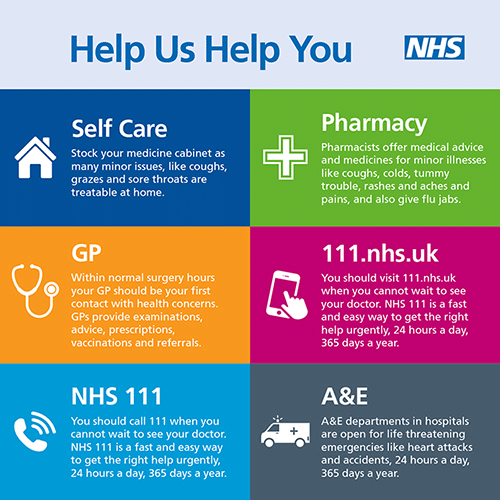
For the purposes of this guide, we’ll be focusing on the future of healthcare particularly within the UK setting. While there are many similarities in the types of technology that will impact the field, the way they’ll be implemented will differ in countries without a system like the NHS.
Evolution of Technology in Healthcare
The healthcare system has always incorporated new technologies. Computed Tomography (CT) is a great example of this. It was invented in 1972 by Godfrey Hounsfield (a British engineer of EMI Laboratories) and Allan Cormack (a South Africa-born physicist based at Tufts University, Massachusetts). By the late 1970s it was in use, but only for scanning the head – whereas today CT scans are used to check the whole body for issues like cancer.

Tech also tends to benefit long-term conditions. The treatment for type 1 diabetes has evolved substantially since it was discovered, and technology has played a large part in this. From the 1920s, where insulin was first purified and used, to today, where there’s research taking place into an artificial pancreas.
In just 100 years, technology has moved on from ‘dip and read’ urine tests to the first insulin pump. This was prototyped in 1963, developed further in the 1970s, and applied more generally from the 1990s onwards. This technology has continued to evolve, with trials on an artificial pancreas taking place in 2013. Whilst there are hybrid closed-loop systems available, work is still being done on the artificial pancreas, so there should be even more developments in this field.
Much of the evolution in the field of healthcare tech has come about since the invention of computers. Digital technologies have been widely adopted, to the point where many are so commonplace we might not even think of them when discussing technology in healthcare! Advances in administrative software sped up health care professionals’ ability to treat patients and reduced the amount of paperwork involved. Digital health records, meanwhile, allow for quick and easy sharing of important data.

One major change in the field has been how people look at the future of healthcare. Rather than considering how technology might fit into our existing healthcare models, people are beginning to reassess the model itself to take advantage of developments. Telemedicine may lead to less of a need for the strict delineation of GP and specialist care, while real-time home monitoring is likely to reduce inpatient stays.
We’ll look more at predictions for the future of healthcare later on, but let’s take a quick look at some of the current innovations and how they’re changing health systems.
1. Wearable technology.
As advances in computing continue, devices grow smaller and smaller. Smartphones today have more power than all of NASA did during the moon landings – and they can do so much more! Devices like Fitbits are everywhere, allowing people to track their fitness goals and daily activity. They can also monitor your heart rate and track sleep patterns.

A lot of research is currently taking place into how wearables might be able to help with health issues – especially chronic disease – and one current example is how they can aid people with seizures. While still developing into being able to track seizures in advance, wearables on the market currently can alert family or friends to a seizure taking place – increasing the chances of timely healthcare if needed.
2. VR training.
Training surgeons is a lengthy process, requiring a lot of practice. Training somewhat rely on what’s available – meaning there are some procedures a trainee surgeon might never encounter, and others they might do all the time. VR training can level the playing field here, allowing different types of surgery to be practiced without the need for actual patients.
A recent study by HBR showed that participants who underwent VR training had their overall surgical performance improve by 230% compared with traditional training methods. This is a huge difference and opens up the possibility for VR training to become a standard part of medical degrees. It also opens up the possibility for healthcare professionals to be able to practice individual surgery before doing it – something that can’t currently be done.
3. Robotic surgeons.
Robotic-assisted surgery still sounds futuristic, but it’s actually been around for some time. Arthrobot first assisted with orthopedic surgery in 1985. Robotic systems are particularly good for assisting with minimally invasive procedures, helping surgery evolve to having less of a long-term impact on aftercare.
A lot of current research focuses on artificial intelligence and robotic surgery – the potential to have a robot carry out the surgery, rather than assisting, is huge. Delicate surgery on small areas like the eyes requires incredibly steady hands, which is something a robot can provide far more easily than a human. It also has benefits for avoiding infection – many future healthcare journals are considering how it might aid with treatment during the pandemic, such as in this research topic from Frontiers.
4. Telehealth.
We mentioned telemedicine earlier, but telehealth is a broad field that encompasses more than just digital appointments. Covid-19 has really pushed it into the mainstream consciousness, but it has been around for some time.

One of the biggest impacts telehealth has had on health systems is the ability to consult with anyone, anywhere. Rather than requiring patients to drive cross-country to see a specialist, a local hospital can take images and data, and forward the details digitally. This has sped up response time and improved patient care by increasing access to specialists that might otherwise be challenging to see.
5. 3D Printing.
3D printing has revolutionised many fields, and the future of healthcare looks set to be another one. Currently, a lot of progress has been made on making prosthetics easier and cheaper to access – which is particularly helpful for children, as they need to frequently change prosthetics to adjust for their growth.
Benefits of Technology in Healthcare
As you can see from the examples above, there are a lot of advantages to implementing new technologies throughout the healthcare system. As well as specific benefits for certain types of medical needs, there are also broader benefits for the whole system.
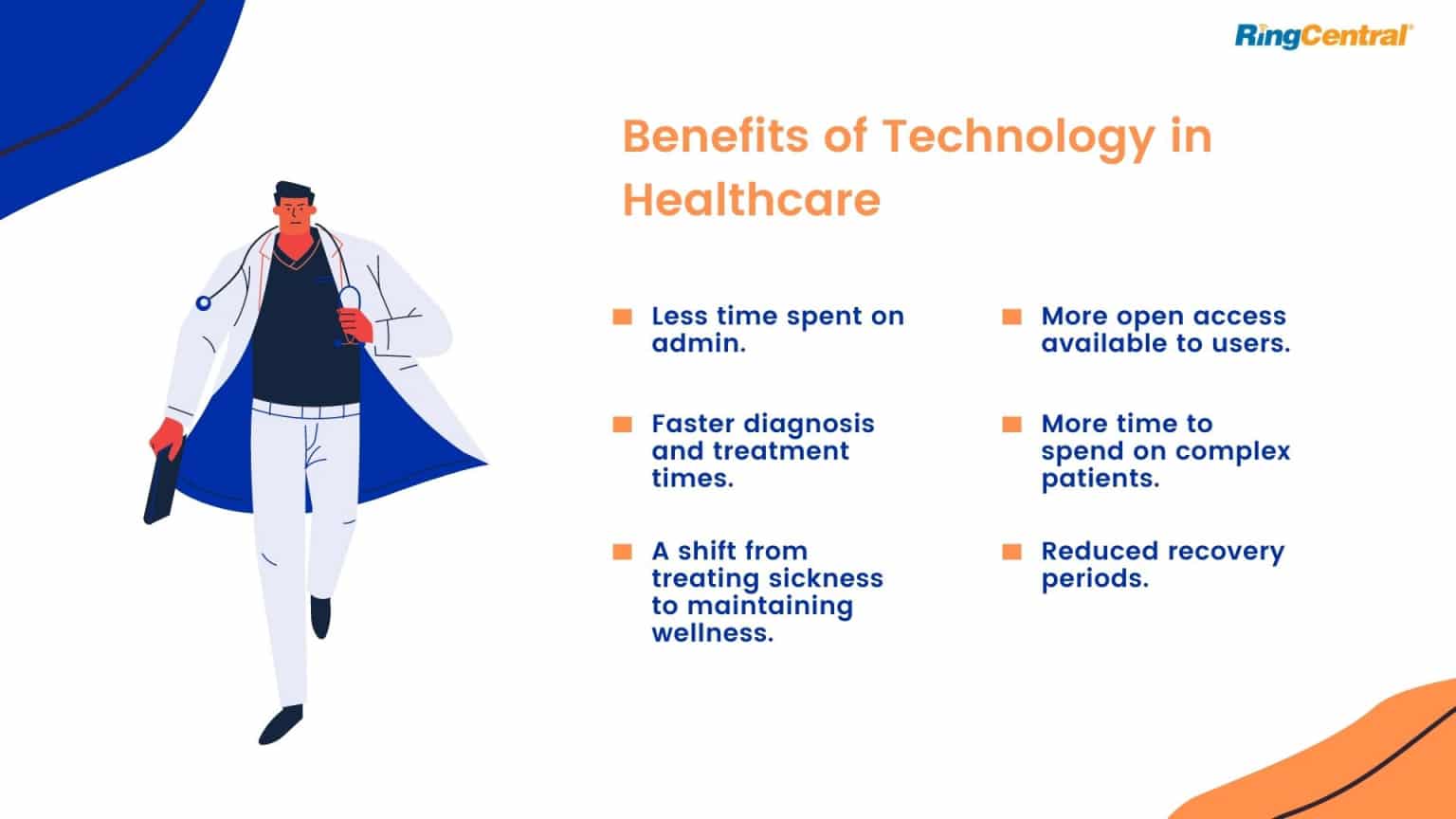
1. Less time spent on admin.
Digital transformation can hugely cut down the time spent on administrative tasks, freeing up time to focus on patients instead. A £40 million investment designed to upgrade the software to have single-sign-on technology is following on from a trial at Alder Hey Hospital, Liverpool. This trial showed that by implementing single-sign-on, time logging on to various systems dropped from 1 minute 45 seconds to 10 seconds. With nearly 5,000 logins a day, this ended up freeing up 130 hours of staff time!
Digitally enabled care, such as the EPS (electronic prescription service) can also reduce the time spent on admin by reducing how long it takes. Rather than writing out prescriptions and having to either organise drop-off or pick-up to local pharmacies, they can be sent as digital files. This is particularly helpful for organising repeat prescriptions.
The NHS e-Referral Service allows patients to book their own appointments online, reducing how long the receptionist team needs to spend on the phone and manually adjusting diaries. All of these small changes add up to a much more streamlined and efficient healthcare system, where the staff is freed up to spend more time on patients.
2. More open access available to users.
As technology improves, people expect access to their own data. This includes medical records – and what those records are used for. The NHS App currently gives users access to:
- Your medical record
- How your data is used
- Your organ donation decision
- A symptom checker
- Appointment booking for your GP surgery
- Repeat prescriptions
Some GP practices have opted into additional services, like:
- Messaging your GP practice directly
- Access services on behalf of someone else
- View your hospital appointments
Usage of this app is increasing, but it’s still fairly low, with 220,000 people signed up as of January 2020. If more people opt into using the app, it’ll hugely relieve the administrative pressure on GP practices – as well as benefiting users with transparent access to their own data.
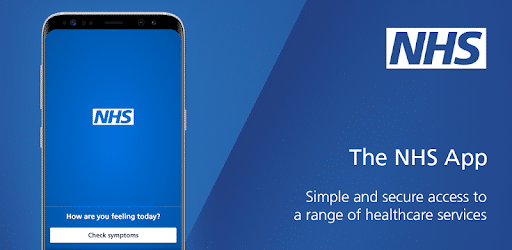
3. Faster diagnosis and treatment times.
Many of the improvements for the future of healthcare come down to efficiency. As mentioned earlier, telehealth technology allows specialists from leading research institutions to consult on cases without having to travel or relying on the patients to be able to travel. This can increase diagnosis times, leading to faster treatment.
Another type of technology that looks to improve the speed of diagnosis and treatment is machine learning. GoogleHealth has recently trialled an AI-based solution for identifying breast cancer. On a curated dataset, it outperformed the average radiologist by 11.5%. AI can also process data faster than a human, meaning not only was it more effective but it would be faster too. Of course, the goal here isn’t to replace human knowledge – after all, the AI is built upon datasets gathered and assessed by human researchers – but to expand upon it.
As well as faster diagnoses, technology can improve treatment times. Early diagnosis means treatment starts early and catches health issues before they become more complex. Additionally, advances in nanotechnology show promising results for highly targeted treatments – something that should speed up treatment for cancer. Machine learning and pharmacogenomics can also work towards personalised treatments – treatments that take into account a patient’s individual physiological makeup. These personalised treatments will be more targeted and (in theory) lead to quicker results.
4. More time to spend on complex patients.
All of these improvements in efficiency free up healthcare professionals to focus their efforts on more complex cases. Telemedicine reduces the amount of in-person consultations they’ll need to do. Software improvements free up time that would have been spent on admin. Combined with a faster diagnosis for common issues, that leads to more time to be spent on complex ones.
This is where technology really impacts the future of healthcare. Many people have concerns that technology will replace medical professionals, but ideally, it will support them. If AI solutions can flag up the majority of cancers, then specialists can focus their efforts on the more difficult to diagnose issues or those that are flagged as ‘inconclusive’. Routine illnesses can be triaged by AI assistants and symptom checks, meaning that they can be led to other services, freeing up specialists’ time. NHS 111 shows the potential for this – call assistants triage patients and send them to the appropriate services, rather than the patients going to A & E where it might be unnecessary. This could be scaled up with the assistance of machine learning, where AI can recognise certain symptom patterns and decide on the next best step of action.

5. A shift from treating sickness to maintaining wellness.
Imagine a world in which chronic patients have access to wearable technology on prescription, which tracks their problems. AI analyses the incoming data, and flags up anything unusual to their GP, who then gets in touch. They can then work towards solutions together, instead of waiting for something severe to happen and trying to mitigate the effects.
This focus on maintaining wellness rather than treating sickness is one of the biggest benefits technology can bring to the healthcare system. Wearable technology has particular potential in this area, encouraging users to monitor their own health and take action early, rather than waiting for problems to develop.
Machine learning and DNA mapping may also be applied here, allowing personalised healthcare plans to be developed based on your actual genetic makeup, not just the average population. Knowing what you’re at risk for, allows you to pre-emptively change your lifestyle to avoid it, whilst understanding how your body may respond to things reduces risks of reactions and allergies.
6. Reduced recovery periods
Technology can also help reduce recovery periods when treatment is required. Robotic surgeons allow for more precise surgery (like keyhole surgery), which has reduced hospital stays and shortened recovery periods. We can expect to see similar results with nanotechnology applications.
These reduced recovery periods are not only better for patients, but for the system as a whole. It frees up hospital space and staff, allowing more patients to be treated in the same amount of time.
Artificial Intelligence and Healthcare

We’ve hinted at it above, but of everything in development, AI looks set to have an enormous impact on the future of healthcare technology. It can do so by both being an impactful technology in and of itself, and also have the potential to design other technologies. The Royal College of Physician’s Future Healthcare Journal frequently has articles dedicated to the possibilities.
1. AI designed medicines and therapies.
More and more organisations are embracing machine learning, often recruiting hundreds of volunteers to help process data sets in order to train AI. This is because once trained, they can process information far faster than even the best researchers could.
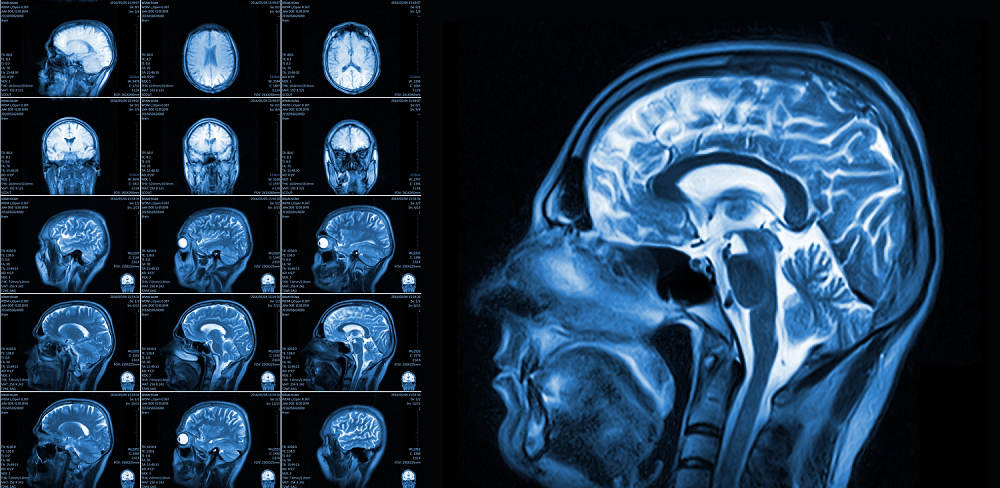
AI can iterate on molecule design incredibly quickly, designing, discarding, and assessing solutions at breakneck speeds. This can reduce the time drug development takes, reducing the initial theory part of the process. Whilst clinical trials cannot be sped up, a recent case of this saved nearly three years of development time. Folding@Home recently sprang into action regarding Covid-19, using volunteers to sift through and process data. Imagine being able to deploy a trained AI instead.
2. Real-time AI-driven augmented reality.
Augmented reality is different from virtual reality, which we mentioned earlier. Rather than an entirely digital experience, it instead creates a digital layer over the top of the real world. Usually done through smartphones, it could easily be applied to wearable tech (like the infamous Google Glass).
A surgeon could have a real-time information layer powered by artificial intelligence, providing vital insights as they operate. Radiologists could have AI assessing imagery in real-time, highlighting relevant information to them. Again, this is a brilliant example of technology supporting medical experts, allowing them to operate at their best.
3. AI-driven wearable technology.
The above case is just one example of AI-driven wearable technology. They really shine when you consider their potential impact on patients with chronic disease. Whilst current wearable technology gathers data and monitors you, AI-driven wearables would be able to assess that data and draw conclusions. They could even be designed to alert medical professionals when needed, as well as the user.
There’s a lot of potential for managing conditions like diabetes, heart disease, and epilepsy. AI wearables could be attuned to the particular user, allowing differences from their particular baseline to be noted, rather than just basing it on average data.
There are some concerns – particularly in the US – about where the data gathered may be shared (such as with insurance agencies), but with robust security measures, there’s a lot of potentials for these devices to become the norm for anyone wanting to manage their own health.
The Gap in Healthcare Technology
Of course, all of these new technologies would need to be implemented, and that’s where we come up against something called ‘the gap’ in healthcare technology. This is the gap between where we are, and where we want to be.
A huge part of this gap comes from the NHS running on legacy code, outdated systems, and discrete, disconnected networks. They’ve recently designed a long term plan, focusing on the future of healthcare, digital health, and new services models. Much of this involves collaborating with commercial businesses who can meet their strict security needs, rather than building everything from scratch.

While things like AI-driven wearables, nanotechnology, and global telemedicine connections are all well on their way, the immediate future is more likely to focus on incremental improvements that’ll make the system more effective in the long-run. That’s what can close this gap between the old systems and newer technology.
Predictions For The Future of Healthcare
Everything we’ve discussed above is grounded in current research and trials, but why not dream bigger? Here are our top three predictions for the future of healthcare.
1. Structural changes.
The biggest of these is the structural changes we can expect to see. You can see one such alternative structure proposed by Deloitte below.
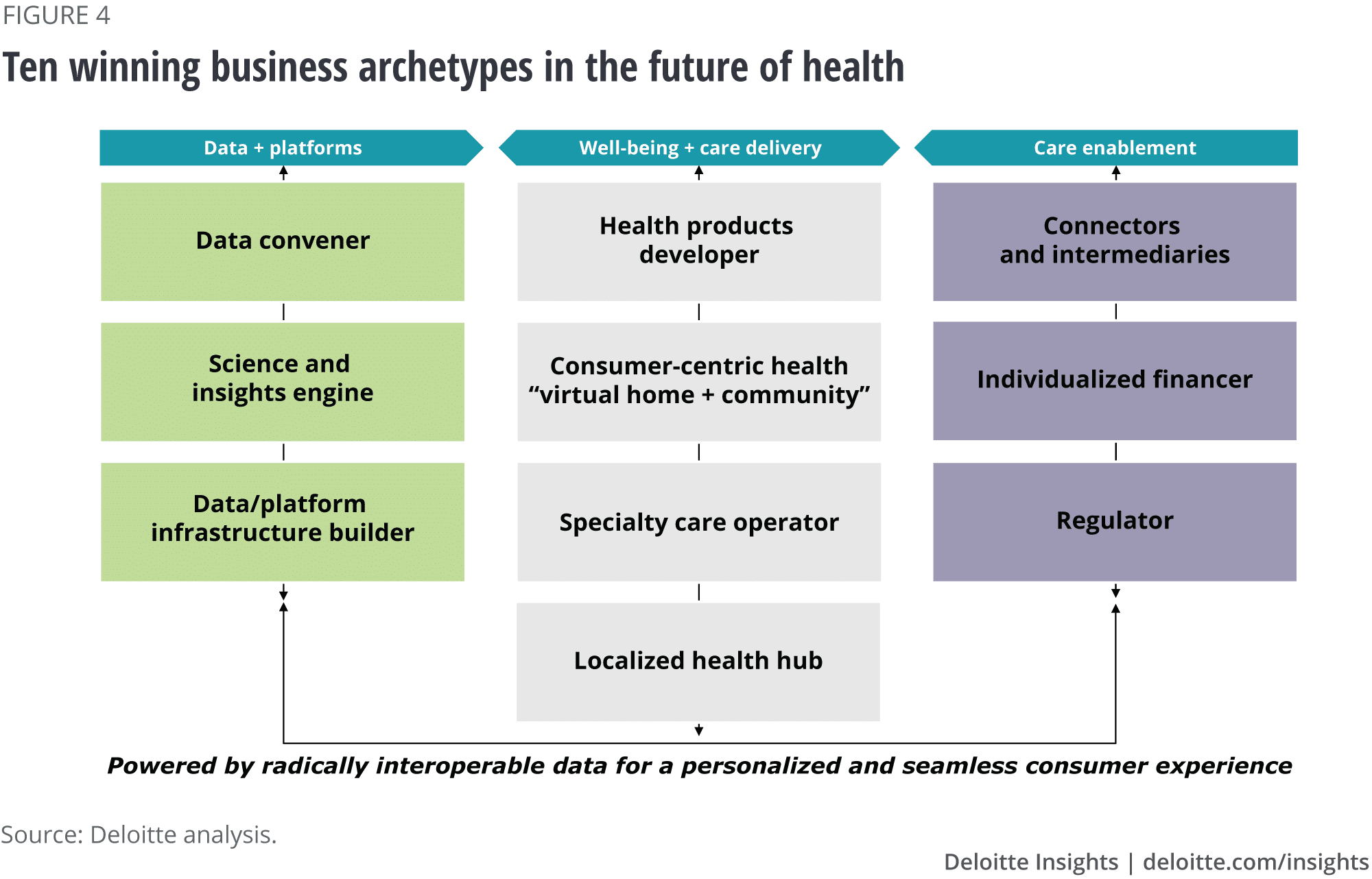
Instead of primary and secondary care with other departments as needed, Deloitte suggests three categories – data and platforms, well-being and care delivery, and care enablement. Their concept of data and platforms as a separate but linked field is one that’s already well on its way. Wearable tech will create a host of data that needs to be stored, analysed, and shared. Patient records need to be accessible by providers and patients alike, and machine learning needs data sets to build upon.
Rather than trying to implement this within the NHS’s structure as it currently stands, opening it out into a separate category would allow it to blossom. It would also allow the patient care to become streamlined, especially when you take into account the rise of telemedicine. GP practices may pivot to become ‘health hubs’, linking into community care and offering more services than they currently do.
Care enablement includes pharmacies and delivery services, which will also be impacted by improved technologies. One suggestion is that repeat prescriptions may one day be automatically delivered by drone! We’d expect this category to develop last, as it relies more heavily on the other two – though telemedicine may well increase the role of pharmacies in general.
2. Robotic companions.
The UK has a nurse shortage, and with an aging population and the chance of increased long-term conditions brought on by Covid-19, this looks set to increase. Robotic companions could free up their time to assist with more complicated cases. We’ve already seen a test of one robotic nurse, but this still requires having a trained operator controlling it.
With advancements in artificial intelligence, expect to see robotic companions with the ability to act independently (even if that’s only for simple tasks). Whether working in a hospital, hospice, or private home, they’ll allow nurses to focus on direct patient care rather than repetitive tasks.
3. Nanomedicine.
This has been mentioned a few times, but nanomedicine is a relatively new field – though it looks promising. It involves studying things at the nanoscale – that’s about 1 to 100 nanometers. Given a sheet of paper is around 100,000 nanometers thick, it’s incredibly small.
It’s currently possible to target genetic mutations with virus particles. This can be used to change the genetic expression – potentially treating issues like blindness, where it’s caused by a mutation. Unfortunately, it has the potential to be very toxic! This is a long-term prediction as there are still issues like this to resolve. However, with its potential for highly targeted treatments, detailed imaging, and tissue engineering, it’s a field we expect to grow over the next twenty years or so.
Conclusion
The future of healthcare is an exciting, ever-expanding field with a lot of ongoing research happening. There are dedicated scientific journals – terms like ‘future healthcare journal’ will find them – but it’s not limited to that. Any scientific journal now will contain potential new technologies. Biomaterials, personalised medicine, and e-clinical medicine are just a few examples of topics that contain a wealth of new research and ideas.
With the NHS’s dedicated long-term plan, the Covid-19 pandemic pushing us towards telehealth, and the interesting potential of this research, we can expect to see technology’s impact on the healthcare field continue to grow.
Get details on the security and trust built into RingCentral products and services.See NHS Professionals Case Study
Originally published Sep 24, 2020, updated Jan 16, 2023



